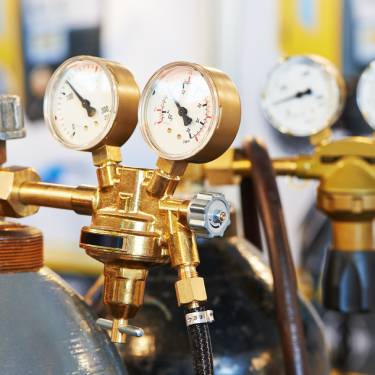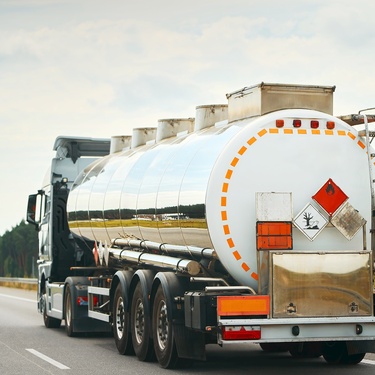
Gas regulators ensure that operations run smoothly and safely in industrial settings. Given the critical role this equipment plays, understanding the importance of a gas regulator and how to maintain it effectively is essential. This post offers insights into what gas regulators are, their significance, different types, signs of malfunction, and best maintenance practices.
Introduction to Gas Regulators
A gas regulator is a device designed to control the pressure of gas from a high-pressure source to a level that is safe and usable for equipment and processes. In industrial environments, such as manufacturing or chemical processing, the correct regulation of gas pressure is crucial. By maintaining the right pressure, gas regulators ensure that equipment operates efficiently, reducing the risk of accidents and prolonging the lifespan of machinery.
Importance of Proper Regulation
The role of gas regulators extends far beyond merely managing gas flow. They are vital in safeguarding workplace safety by preventing over-pressurization, which can lead to catastrophic failures or explosions. Proper gas regulation also enhances operational efficiency, as equipment performs optimally when supplied with the correct gas pressure. Additionally, controlling gas pressure accurately can lead to cost savings by minimizing gas waste and reducing energy consumption. Failing to regulate gas properly may result in increased operational costs and potential safety hazards.
Common Types of Gas Regulators
There are several types of gas regulators used in industrial settings, each tailored to specific applications. The most common types include single-stage and dual-stage regulators. Single-stage regulators are ideal for short-duration tasks where pressure consistency is not critical. In contrast, dual-stage regulators are ideal for applications requiring high pressure stability over extended periods. Other specialized regulators include diaphragm and piston-style models, with each offering unique benefits depending on the gas type and application requirements. Understanding the type of regulator needed for specific processes is crucial to maintaining efficiency and safety.
Signs of a Faulty Regulator
Recognizing the signs of a malfunctioning gas regulator can prevent accidents and equipment damage. If you notice irregular or fluctuating pressure readings, unusual noises, or leaks, these may indicate a problem with the regulator. A faulty regulator might also cause equipment to perform inefficiently or shut down unexpectedly. When such issues arise, it is imperative to take immediate action. This includes stopping the gas supply, conducting a thorough inspection, and replacing or repairing the faulty regulator as necessary. Ignoring these signs could lead to serious safety risks.
Proper Maintenance and Best Practices
Adhering to the best maintenance practices for gas regulators ensures their longevity and performance. Start by conducting periodic inspections to check for wear and tear, corrosion, or dirt that may affect regulator functionality. Cleaning the regulators and replacing worn-out parts can prevent future malfunctions. It’s also important to calibrate the regulators periodically to ensure they maintain the correct pressure settings. Adopting these best practices will enhance safety and optimize the efficiency of your industrial processes.
Gas regulators are an indispensable component in industrial operations, providing safety, efficiency, and cost effectiveness. Understanding the importance of gas regulators and maintaining them properly are crucial steps in safeguarding your workplace.
Bio: Casey is a passionate copyeditor highly motivated to provide compelling SEO content in the digital marketing space. Her expertise includes a vast range of industries from highly technical, consumer, and lifestyle-based, with an emphasis on attention to detail and readability.

























